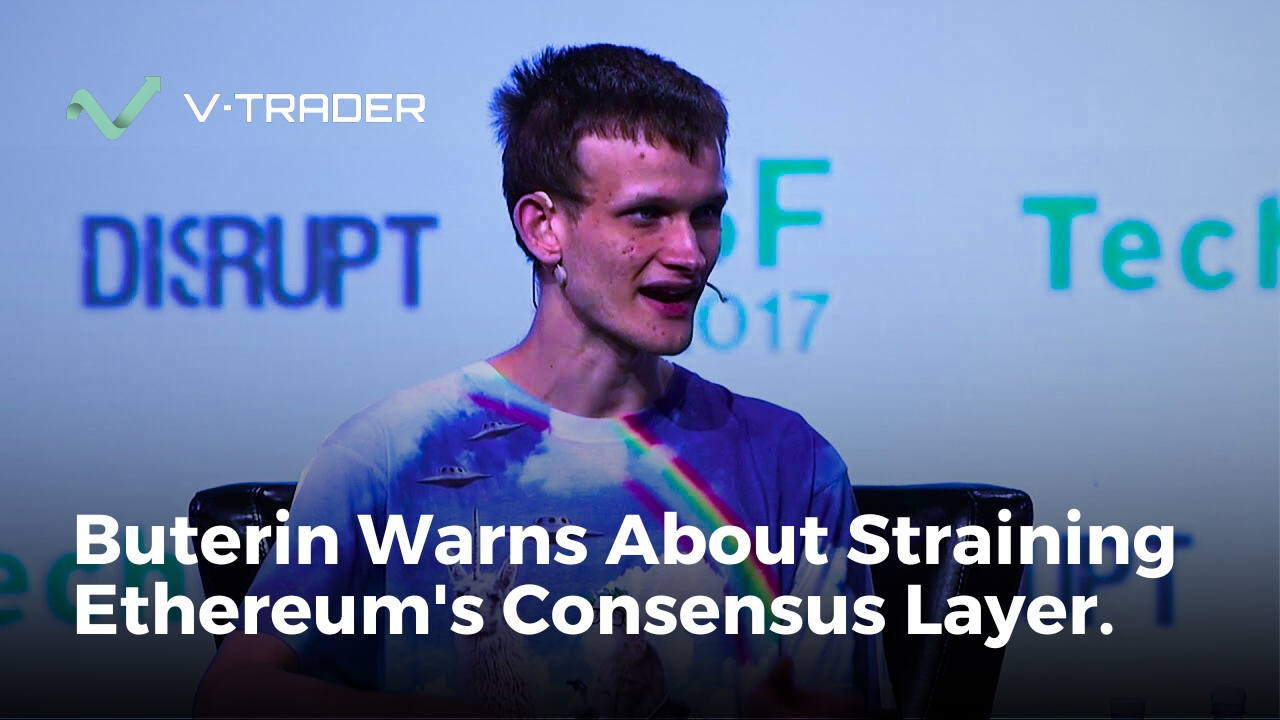Ethereum co-founder Vitalik Buterin has made known his concerns regarding the world’s largest smart contract blockchain. The Russian tech-savvy made his point known in a tweet published recently where he drew attention to the consensus layer of the blockchain. He highlighted the risk of overloading the Ethereum consensus layer.
Buterin made this warning after there have been varied submissions for the dual use of the blockchain. Some of these submissions included enabling the recovery of layer-2 projects which are built on the base layer of the blockchain and using the voting mechanism as a medium of validating truth. While making a bold caption saying “Don’t overload Ethereum’s consensus’, Buterin explained that though he is in favor of dual use of a staked ether, these submissions could lead to systematic risks as a result of re-staking and soft forks. This, he said, could lead to placing Ethereum in a dangerous position, making it more vulnerable to attacks which include bugs and 51% of attacks.
The low-risk level could lead to a misrepresentation of the status of Ethereum validators as an emblem of wealth or social media verification meaning that validators could be bribed to make deciding votes on the network. On the other hand, there would be an urge to stretch the blockchain to redeem certain layer-2 projects. This urge, Buterin noted, should be strongly resisted. As a cherry on top, straining the layer would increase complexities, and costs and cause splits within the community.
“We should instead preserve the chain’s minimalism, support uses of re-staking that do not look like slippery slopes to extending the role of Ethereum consensus, and help developers find alternate strategies to achieve their security goals,” says Buterin.
By simply focusing on the core functions of the blockchain, the blockchain would evolve gradually and this also makes room for innovation by allowing developers to explore other alternatives.
About the Ethereum consensus mechanism:
Ethereum uses a stake of proof consensus mechanism. A consensus mechanism is a process through which a network of equally distributed data validates the authenticity of a new transaction. It is a way that all the participating nodes to reach an agreement to accept the current state of the network. The proof of stake mechanism allows validators to use staked Eth as capital which would play a role as collateral that can be destroyed once the validator is dishonestly or unmotivated. The work of a validator is therefore to check new blocks of data, ensuring that they are valid, and sometimes may have to create new data blocks themselves.
Written By Anthonymark
Check out our Ethereum Gas Fee App on App Store
Join the conversation on Twitter: Click here
For media inquiries or interviews, please contact us here
About vTrader News:
vTrader News is a renowned international news platform with comprehensive coverage of cryptocurrency, business, finance, technology, and entrepreneurship.
With a global readership, vTrader News provides unparalleled insights into the latest developments shaping the world of cryptocurrency, finance, and other emerging industries.
Learn More About vTrader: Click here.


